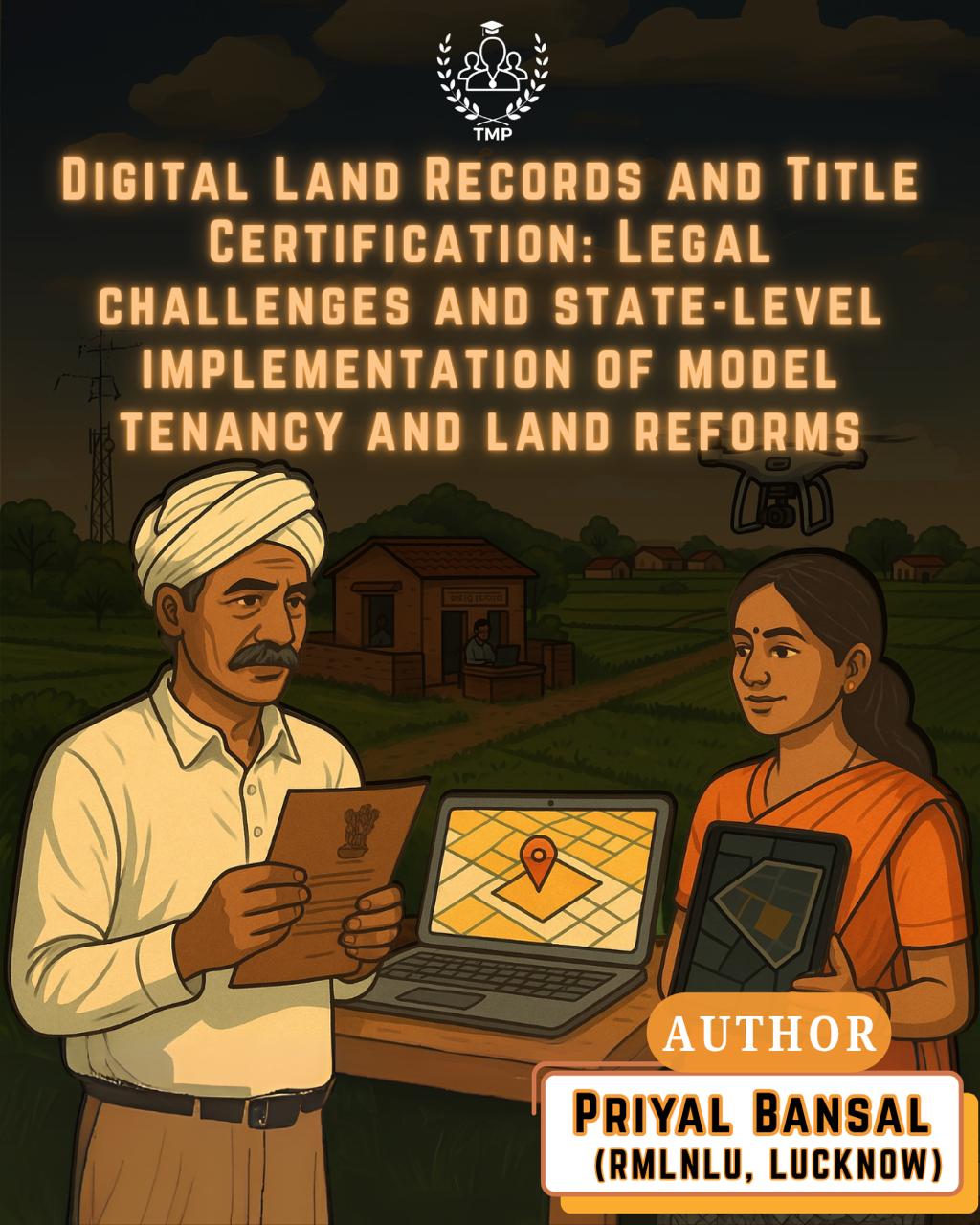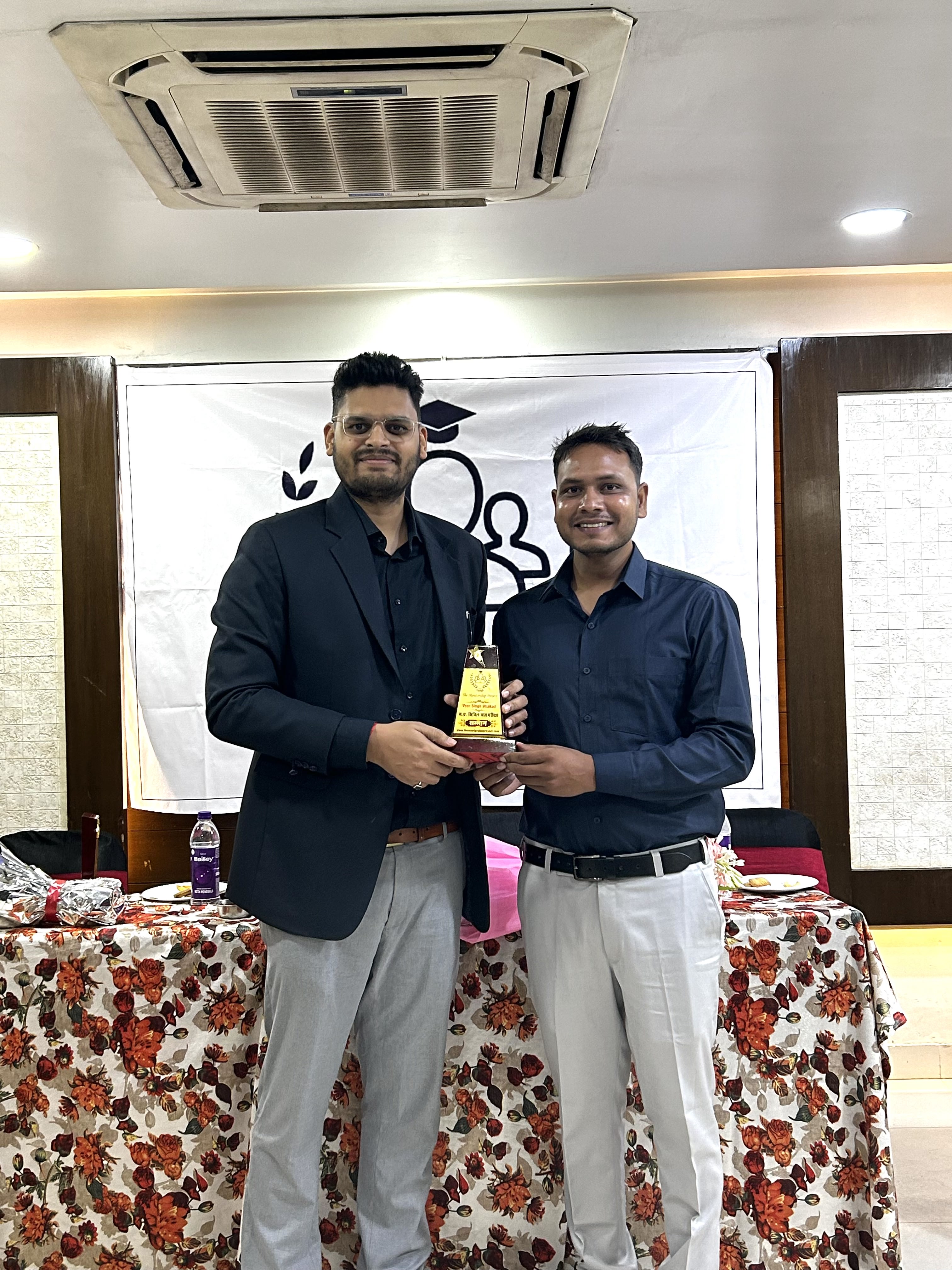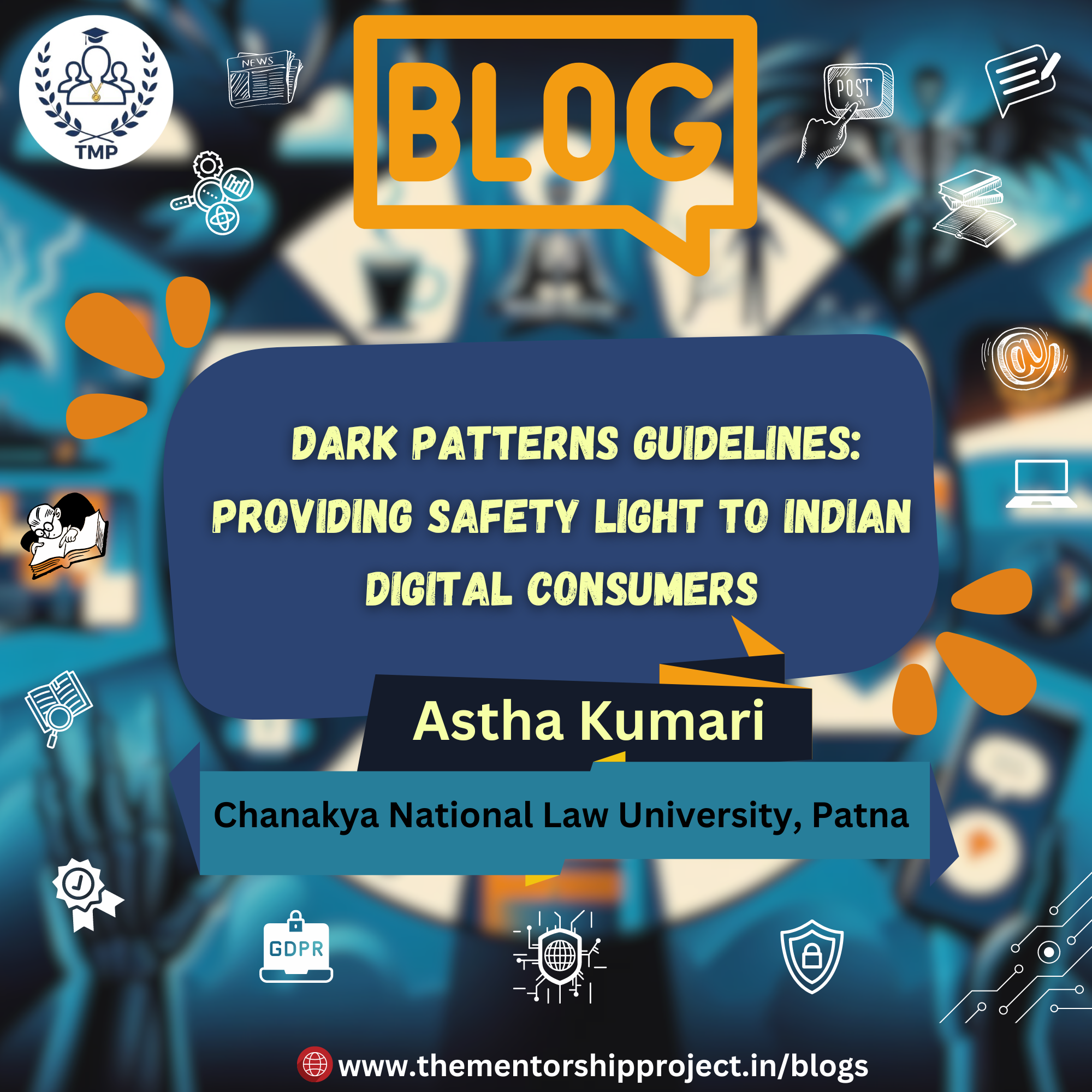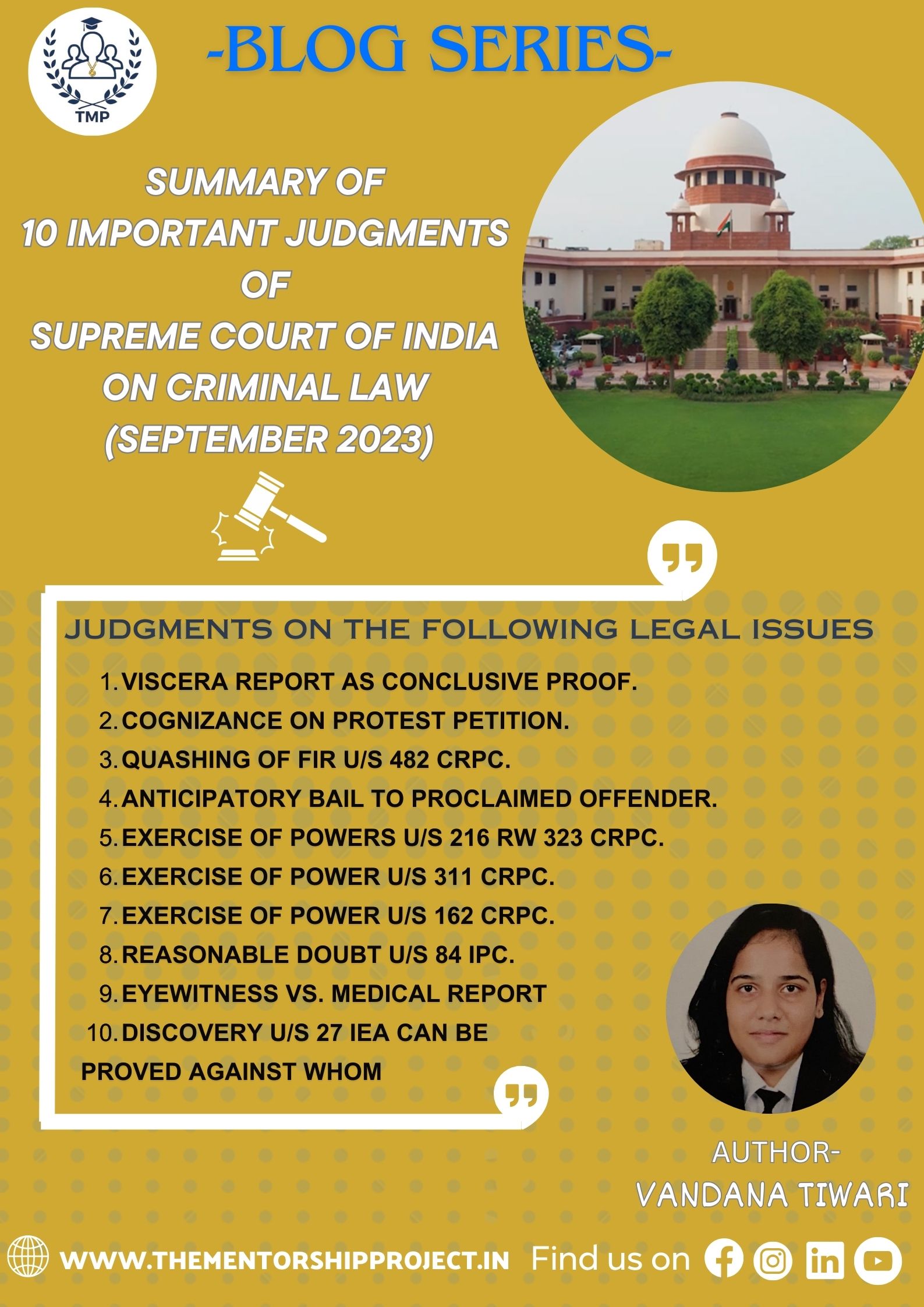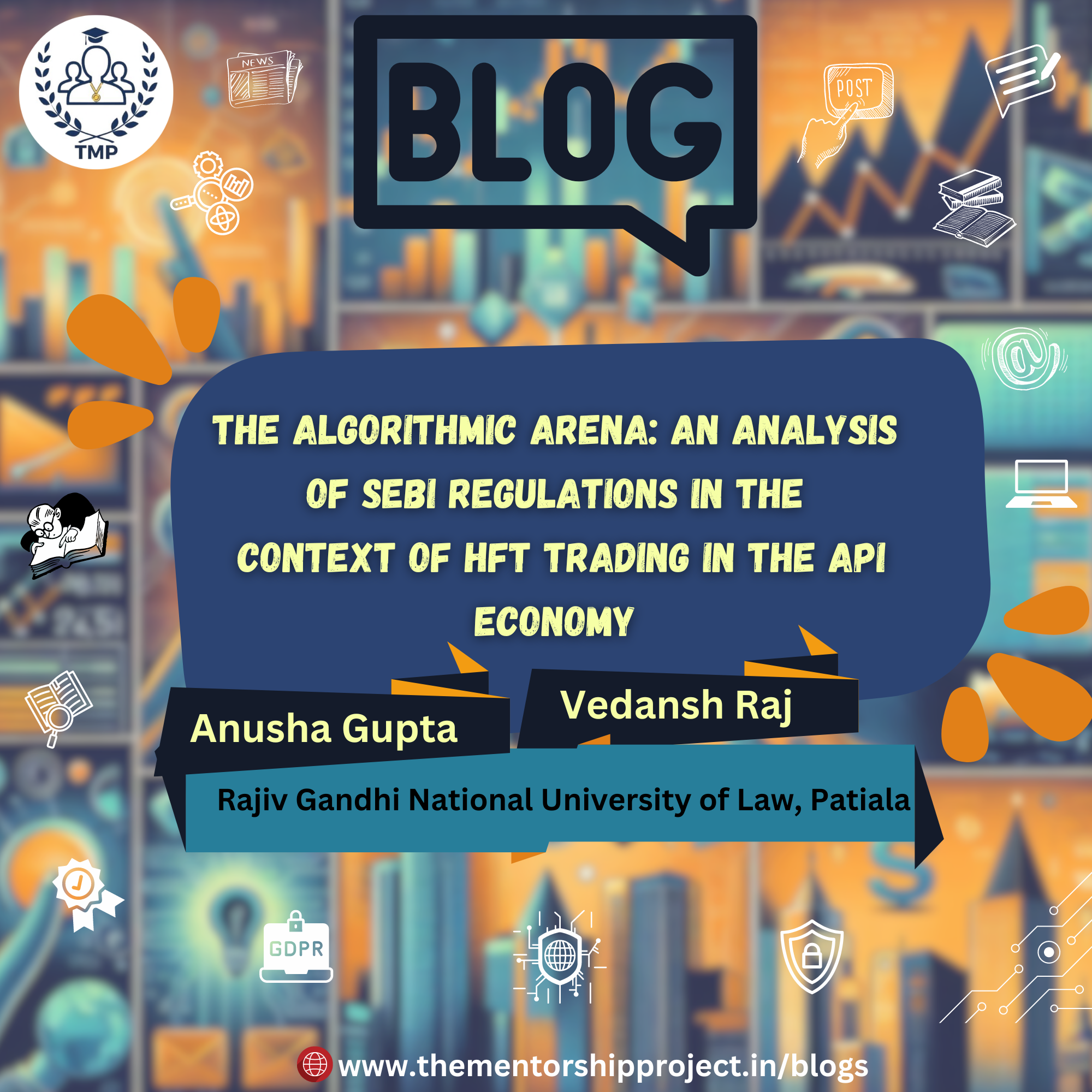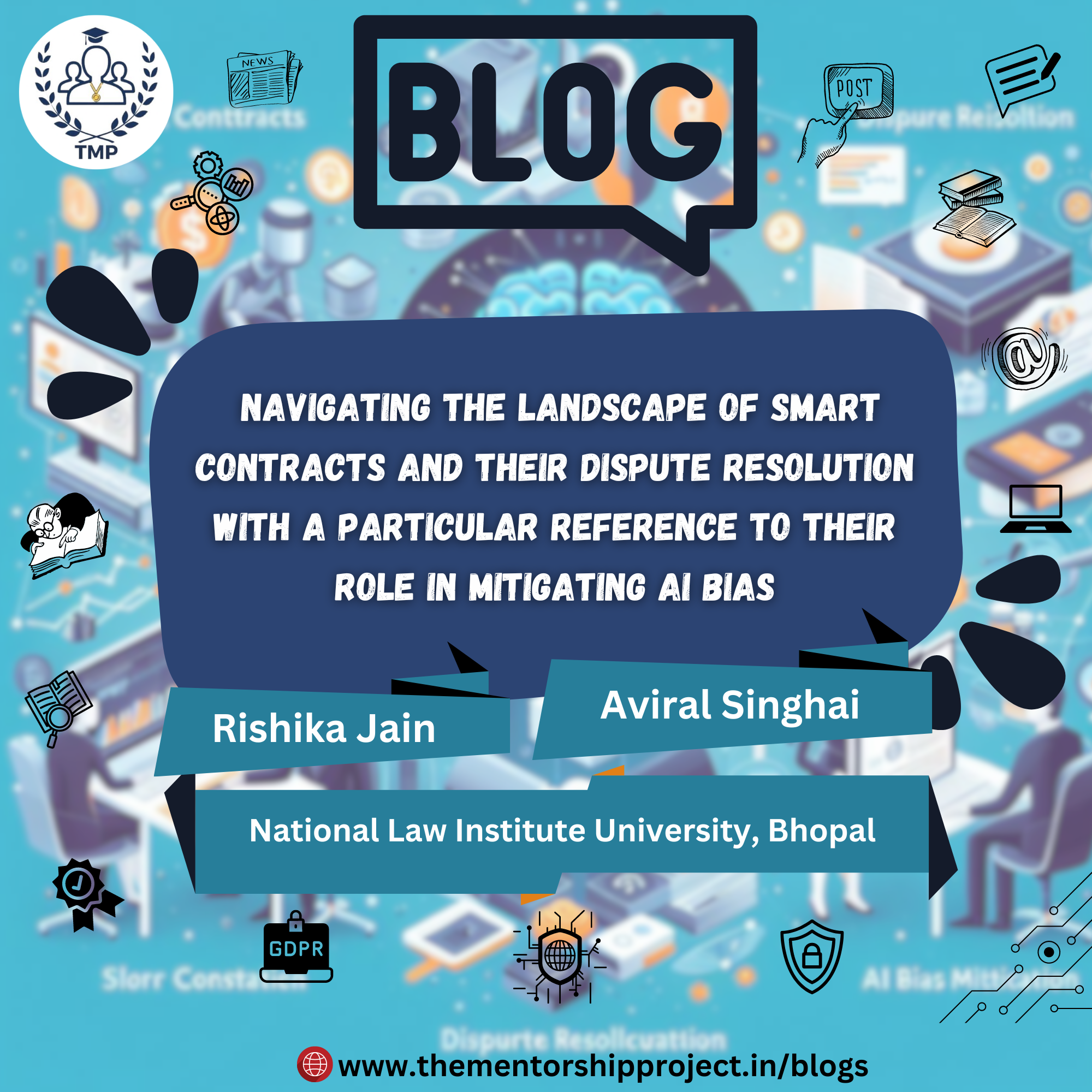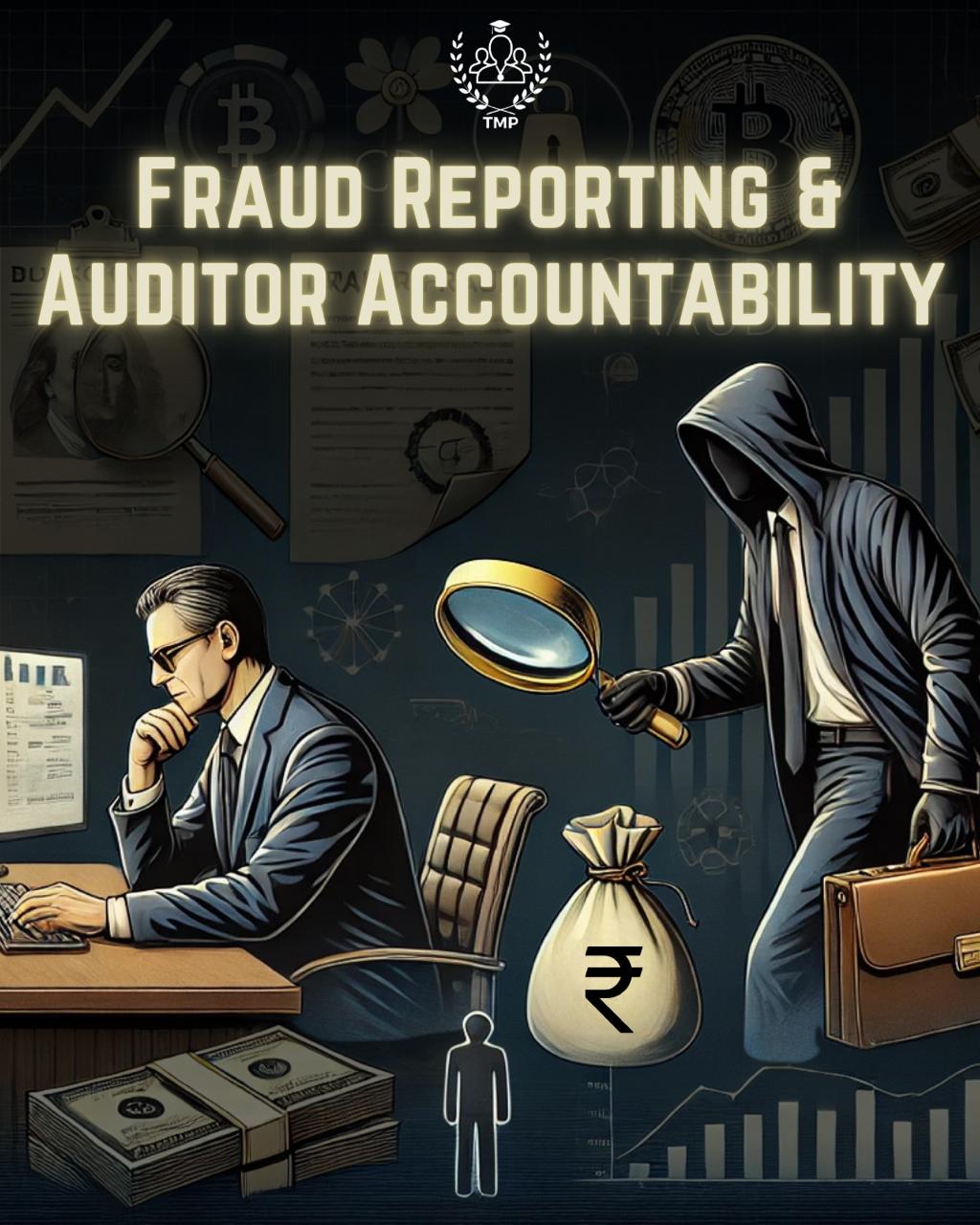July 23 , 2025
Digital Land Records and Title Certification: Legal Challenges and State-Level Implementation of Model Tenancy and Land Reforms
INTRODUCTION
Land remains one of the most significant economic assets in India, yet the country’s land governance framework continues to be plagued by outdated laws and fragmented records. Nearly 66% of all civil litigation in India pertains to land and property disputes, primarily arising from unclear land titles and unreliable record-keeping systems. The absence of a conclusive title system, where the state guarantees ownership, and colonial-era practices have led to insecurity and inefficiency in land transactions.
The Government of India has thus undertaken a series of reforms aimed at digitising records, enhancing transparency in land ownership and moving toward a conclusive titling regime. One of the most prominent initiatives is the Digital India Land Records Modernisation Programme (DILRMP). It was launched in 2008 by merging earlier schemes such as the Computerisation of Land Records (CLR) and Strengthening of Revenue Administration and Updating of Land Records (SRA & ULR).
Along with this, tenancy reforms have gained renewed traction through the introduction of the Model Tenancy Act, 2021. This formalises rental arrangements and promotes rental housing by balancing the rights of landlords and tenants. The Act complements land record reforms by enhancing occupancy transparency and creating legal certainty for leasehold arrangements. However, as land is a state subject under the Indian Constitution, its adoption and implementation remain uneven across the federal structure. This further complicates the efforts of unified reform.
In this context, this article examines the intersection of digital land record modernisation, title certification and tenancy reforms. This explores their legal challenges, structural shortcomings and state-level variations in implementation.
LEGAL FRAMEWORK
The Indian legal framework governing land titles is fundamentally rooted in a presumptive title system, wherein land records merely serve as evidence of possession and not conclusive ownership. Under this model, the burden of proving title lies with the individual claiming ownership, rather than the state certifying it. This stands in sharp contrast to conclusive titling regimes in countries like Australia (Torrens system), where the government guarantees title and assumes liability for errors.
Key legislations such as the Registration Act, 1908, the Indian Evidence Act, 1872 and various state-specific land revenue codes interact to regulate land transactions and record-keeping. However, registration of property documents under the 1908 Act does not confer ownership, but only proves that a transaction took place, leaving room for disputes regarding title and possession. Further, the Records of Rights (RoR), which are often perceived by landholders as proof of ownership, have no statutory sanctity in themselves. Most state RoRs do not reflect tenancy arrangements or pending litigations, thereby creating legal hurdles.
In an effort to transition toward a more reliable system, the Land Titling Bill, 2011, was proposed by the Ministry of Rural Development. The bill sought to establish a conclusive title system with government-backed guarantees and a title registration authority. However, it was met with resistance from states, land being a state subject. Digitalisation has progressed, but legal lacuna still persists.
DIGITALISATION OF LAND RECORDS
The digitalisation of land records has been pursued as a strategic reform to address inefficiencies and opacity in India’s land governance. The central initiative in this domain is DILRMP. It aims to create a single-window system for land records through the integration of textual records (RoR), spatial data (cadastral maps) and the registration process. Over 99% of textual records and 97% & of cadastral maps have been computerised nationwide. Moreover, some states like Karnataka (Bhoomi), Telangana (Bhu Bharti) and Maharashtra (e-Mojani) have made significant strides in integrating GIS and e-governance.
The SVAMITVA Scheme, launched in April 2020, employs high-precision drones and a network of Continuously Operating Reference Stations (CORS) to map areas. As of April 2025, drone surveys have been completed in over 3,20,000 villages, covering around 68,122 square km, and more than 24.2 million property cards have been issued.
Yet, digitalisation alone is insufficient to secure tenure or prevent disputes unless supported by institutional monitoring, legal reinforcement and social inclusion strategies. Recognising this, proposals for Centres of Excellence (CoEs) have been advanced by the Department of Land Resources to institutionalise monitoring and evaluation (M&E), standardise digital documentation and train officials in emerging tools like GIS and ULPIN (Unique Land Parcel Identification Number) systems (SWaaS). While these efforts have notably advanced the digital insights into rural land ownership, legal uncertainties linger as distinguished records do not necessarily hold conclusive legal title.
TITLE CERTIFICATION AND CONCLUSIVE TITLING
India’s ongoing efforts to digitise land records have not been accompanied by a parallel legal shift from presumptive to conclusive titling. Under the current legal regime, ownership is established through a chain of documents such as sale deeds, tax receipts and mutation records, but none of these confer an indefeasible title. Land records, even when digitised, carry only presumptive value, meaning they may be contested and are not state-guaranteed proof of ownership.
Judicial pronouncements have continued to stress the limitations of revenue records and mutation entries in conferring title. In Prahald Pradhan v. Sonu Kumhar, the Court clarified that revenue entries are not proof of title and that the title must be established independently of such entries. While in Jitendra Singh v. State of Madhya Pradesh, the Supreme Court held that entries in revenue records are not conclusive evidence of title and are primarily maintained for fiscal purposes.
Recognising these gaps, pilot titling projects have been undertaken in states like Madhya Pradesh and Rajasthan. These focused on the creation of title registers and adjudication mechanisms before issuing ownership certificates. However, these efforts remain fragmented and limited in scope. Importantly, since land is a state subject under Entry 18 of the State List in the Seventh Schedule of the Constitution of India. Any national move toward uniform conclusive titling would require centre-state coordination, legal harmonisation and institutional capacity-building.
A transition to conclusive titling would require more than legislative drafting. It calls for adjudicatory procedures to verify rightful ownership, public notification mechanisms and systems to provide compensation in cases of wrongful title assignment.
CONCLUSION
India’s journey toward transparent and secure land governance has seen considerable progress through the digitalisation of land records and initiatives like the SVAMITVA scheme. However, these technological strides have not been matched by corresponding legal reforms. The continued reliance on a presumption title system, even when supported by digital records, perpetuates ambiguity in ownership and undermines the objective of reducing land disputes.
While DILRMP have improved access and visibility, it remains an administrative tool, not an ownership certifier. Without a conclusive titling framework, digital records alone cannot guarantee tenure security. Judicial pronouncements have repeatedly stressed the limited evidentiary value of revenue entities, underscoring the need for stronger legal underpinnings.
Experiments with the titling project in some states show that the movement toward conclusive titling is possible, but fragmented. Institutional gaps, uneven state capacities, and the federal nature of land regulation pose significant hurdles. India thus must prioritise a phased, legally grounded and socially sensitive transition. This requires a central enabling law, state-level cooperation and robust adjudication systems to verify titles before they are conclusively certified. Additionally, integrating tools like ULPIN and drone-based mapping with legal procedures, not just administrative processes, ensures both accuracy and legitimacy.

